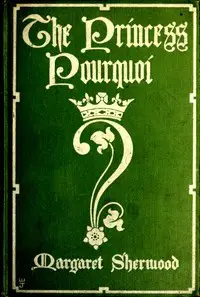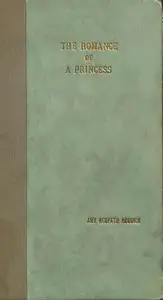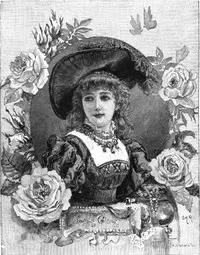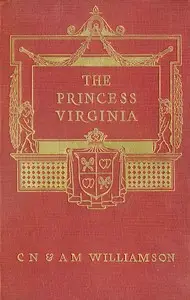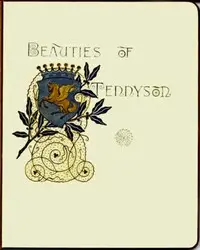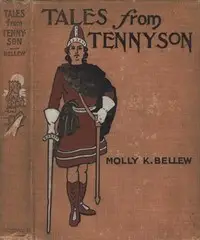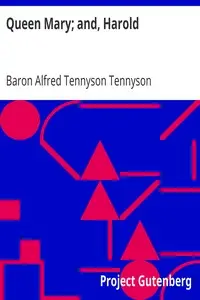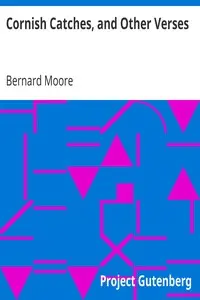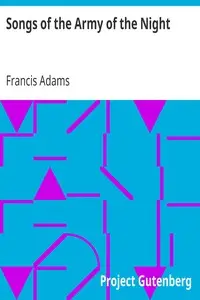"The Princess" by Alfred Lord Tennyson is a poem that untangles ideas about what it meant to be a woman in Victorian England. The story centers around Princess Ida, a determined woman who creates a university just for women, far away from men. Prince Arthur, driven by love and perhaps a bit of ego, sets out to find her and win her heart. The poem begins with a party at Sir Walter Vivian's house, where people talk about women's roles and an old story of a woman warrior. All this happens before we even meet the Princess. The poem's beginning shows us the dreams and hopes of young people like Ida, Arthur, and Cyril, who want a society where women are seen as equal and are allowed every chance to show what they can do.

The Princess
By Alfred Tennyson Tennyson
In a world where men rule, a princess dares to create her own all-female world, but a prince's quest might just shake everything up.
Summary
About the AuthorAlfred Tennyson, 1st Baron Tennyson,, was an English poet. He was the Poet Laureate during much of Queen Victoria's reign. In 1829, Tennyson was awarded the Chancellor's Gold Medal at Cambridge for one of his first pieces, "Timbuktu". He published his first solo collection of poems, Poems, Chiefly Lyrical, in 1830. "Claribel" and "Mariana", which remain some of Tennyson's most celebrated poems, were included in this volume. Although described by some critics as overly sentimental, his poems ultimately proved popular and brought Tennyson to the attention of well-known writers of the day, including Samuel Taylor Coleridge. Tennyson's early poetry, with its medievalism and powerful visual imagery, was a major influence on the Pre-Raphaelite Brotherhood.
Alfred Tennyson, 1st Baron Tennyson,, was an English poet. He was the Poet Laureate during much of Queen Victoria's reign. In 1829, Tennyson was awarded the Chancellor's Gold Medal at Cambridge for one of his first pieces, "Timbuktu". He published his first solo collection of poems, Poems, Chiefly Lyrical, in 1830. "Claribel" and "Mariana", which remain some of Tennyson's most celebrated poems, were included in this volume. Although described by some critics as overly sentimental, his poems ultimately proved popular and brought Tennyson to the attention of well-known writers of the day, including Samuel Taylor Coleridge. Tennyson's early poetry, with its medievalism and powerful visual imagery, was a major influence on the Pre-Raphaelite Brotherhood.

